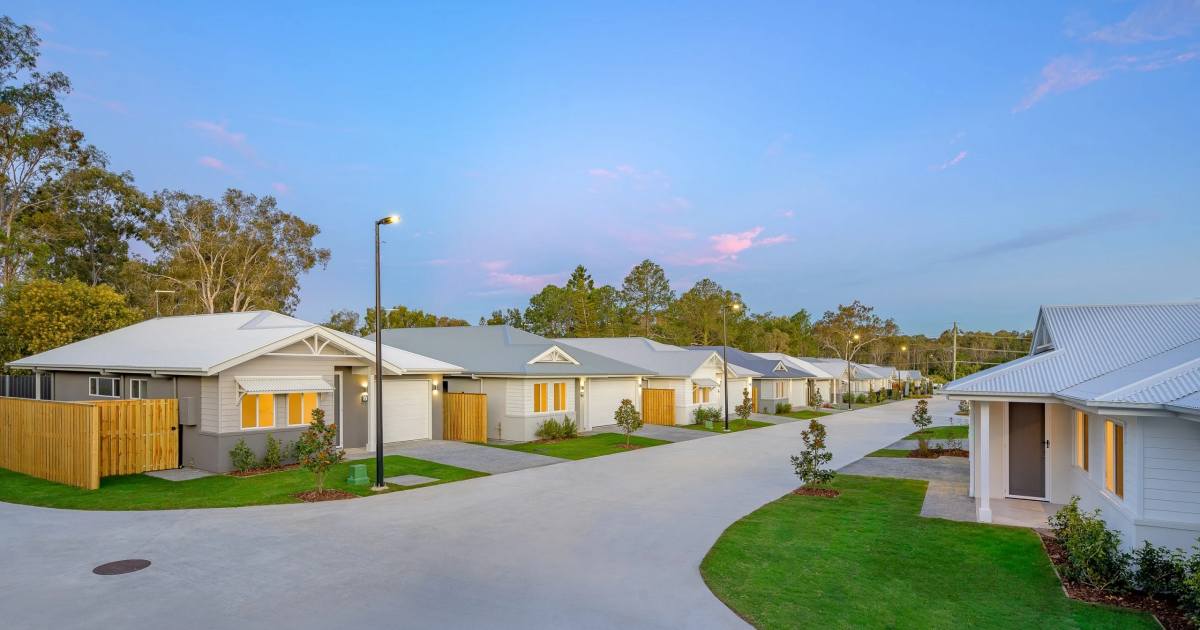
Ingenia Communities Group has secured a $75 million debt facility with the Clean Energy Finance Corporation (CEFC) for carbon reduction and energy initiatives.
Ingenia Communities is an Australian property group that owns, operates and develops a portfolio of dozens of lifestyle and holiday communities in Queensland, New South Wales, Western Australia and Victoria. It has set a goal of 30% reduction in in carbon emissions over the next five years and carbon neutral operations by 2035.
Ingenia’s Solar Rollout
Among its current initiatives to achieve these goals is a program including the installation of solar power systems on homes and community buildings, LED lighting upgrades and the upgrade of water systems and air-conditioners. Emissions aside, the solar focus makes a lot of financial sense given total energy consumption for the period 1 July 2019 to 30 June 2020 for all Ingenia properties (excluding Allswell Communities) was a whopping 17,746,104kWh.
“Reducing our emissions not only improves environmental outcomes but will generate savings for the business and, importantly, reduce ongoing costs for our residents,” said Ingenia Communities Group CEO, Simon Owen.
Ingenia’s 2020 waste and energy data report noted the rollout of solar had already commenced at 50 of its communities at that point – there wasn’t any information included regarding the amount of capacity involved.
Green Star Homes Standard Pilot
The company is also looking into supply agreements that deliver clean energy to residents and common areas, and will be participating in the Green Building Council of Australia’s Green Star Homes Standard pilot.
The Standard will assess against three key criteria:
- Positive: net zero in energy use, fully electric, draught sealed, efficient and powered by renewables
- Healthy: ventilated, comfortable, with products that safeguard the health of the household
- Resilient: water efficient and climate change ready.
CEFC Gets Involved
All this activity is going to cost Ingenia a significant chunk of change to implement, and that’s where the Clean Energy Finance Corporation comes in. On Thursday, Ingenia announced it had secured a $75 million, 7-year debt facility with the CEFC.
CEFC CEO Ian Learmonth said buildings represent more than half of Australia’s electricity use and almost a quarter of emissions across the economy.
“Cleaner, greener homes produce fewer emissions, and they also cost less to heat and cool,” stated Mr. Learmonth. “This investment extends the economic benefits of clean energy technologies to residents of affordable housing through lower energy bills.”
This isn’t free money for Ingenia. Unlike the Australian Renewable Energy Agency (ARENA), the CEFC is not a grant-making body – it expects something back on its investments. Provided $10 billion from the Australian Government, it works to deliver a positive return for taxpayers across the CEFC’s portfolio.
In Ingenia’s case, it will be able to borrow up to the $75 million and interest payable will only be on the amount actually borrowed rather than the full $75 million.
The CEFC has played a significant role in supporting solar energy in Australia, particularly utility-scale PV; having invested more than $1.1 billion in large-scale solar projects with a generating capacity of more than 1.6GW.

 RSS - Posts
RSS - Posts



Up until June last year, the CEFC apparently made 4.75% return on their loans, which was about 1% below what they were aiming for. That’s a little more than what banks say they’ll lend money to me for at the moment, but that’s only for loans covered by collateral.